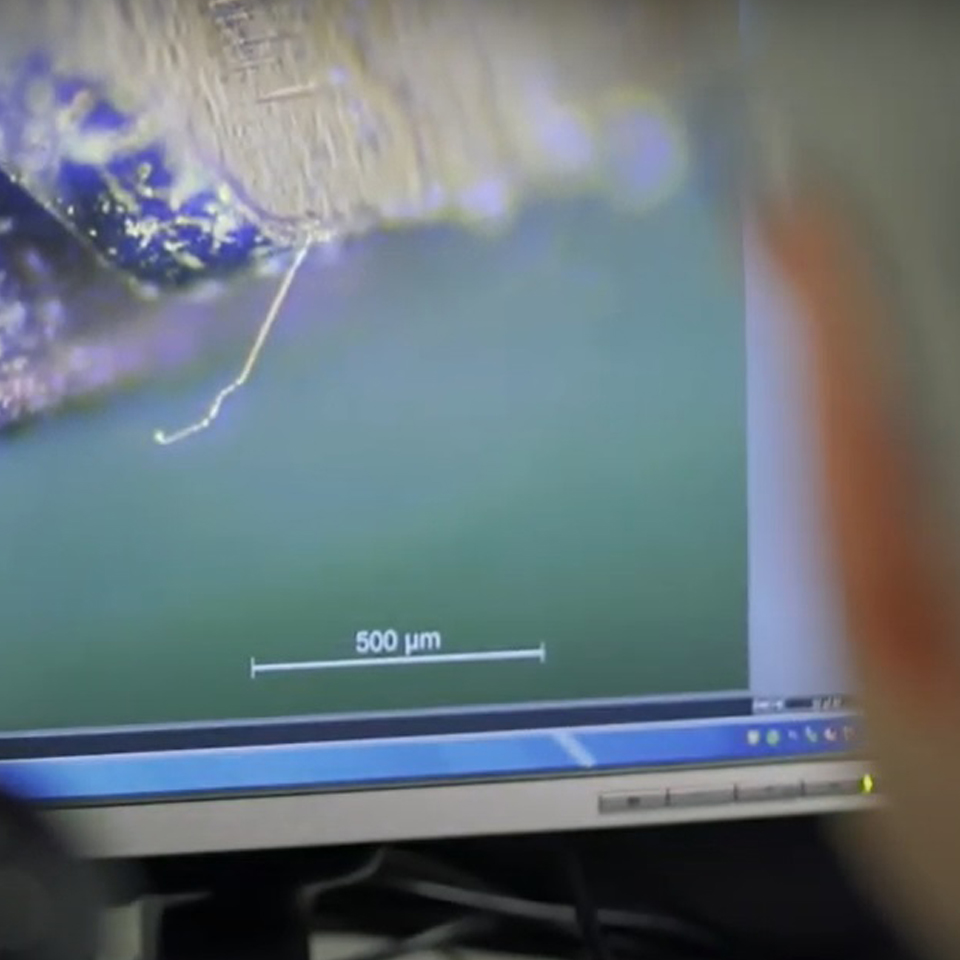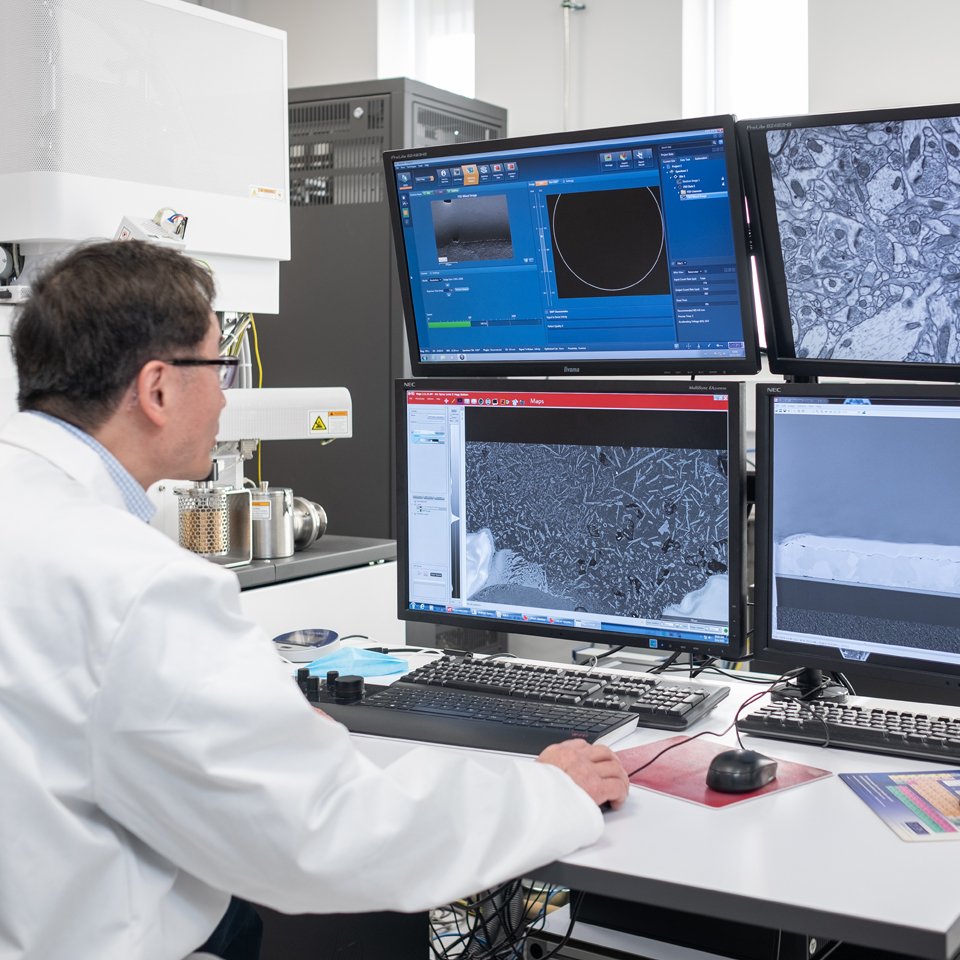Dr Xujin Bao
Senior Lecturer – Materials
Dr Xujin Bao’s expertise spans materials chemistry, biomaterials, energy materials and nanomaterials. He is particularly interested in functional ceramics, including bio-ceramics, polymers and nanocomposites. His research has applications spanning a variety of sectors – medicine and healthcare, transport, defence, and energy. His work is widely published in peer-reviewed journals, and he has filed four patents to protect his innovations.
Advanced polymer and ceramic research
Ceramics and polymers are useful and ubiquitous materials used to manufacture many of our everyday household items as well more specialist equipment – biomaterials, cutting tools, electronic devices, fuel cells, magnets and sensors. By engineering the structure of synthetic ceramics and polymers, scientists can create materials that meet specific functional needs to address a range of global challenges.
In essence, my work is all about developing materials that are more fit for purpose – lighter, stronger, more flexible, more resilient to extreme temperatures, and so on.
I study existing materials and get to know their ingredients and structure, before experimenting and making changes to their architecture to enhance their capabilities. In a similar manner, I also combine different materials to create new composites.
For example, tin is widely used as a solder in many electronic components – including those on satellites and other space hardware. However, it naturally forms whiskers.
These microscopic filaments – many times finer than a human hair and up to 10mm long – can cause components to short circuit and, in some cases, fail completely.

I’ve worked as part of the team investigating whisker mitigation via novel polymeric conformal coatings – the introduction of nanoparticles into standard protective coating formulae. Our technology, WHISKERMIT, produces real reductions in whisker emergence.
Meanwhile, nanoclays – which are widely available, relatively low cost and with a comparatively small environmental impact – have many applications. My research has developed nanocomposites – that are safe and biocompatible – suitable for medical devices used in tissue regeneration and drug delivery.
I’ve also been involved in research to design ceramic nanocomposites that are lightweight, but strong enough to withstand multiple ballistic impacts for next generation nano-armour materials.
I never tire of this magic – exploring just how far I can push the boundaries of a material – and it’s what inspired me to choose my university course and career.

Another area that I’ve been working in is energy storage. Battery and fuel cell technologies have advanced rapidly over the past 30 years or so. My contribution has been to develop hybrid composite electrolytes for fuel cell and lithium battery applications to enhance longevity and performance.
I’m also involved in the recently launched mini-CDT, SlowCat (Securing a Sustainable Future using Low Dimensional Catalysts).
My research here mainly focuses on the 2D assembly of single atoms into support structures and nanomembranes to allow the study of catalysis under nanoconfinement as well as the realisation of a dual system for both precise molecular separation and atomic scale catalysis.
My research journey
Chemistry – in particular organic chemistry – allows you to understand the structure and property of a material. Once you have this “recipe”, you can design products with specific characteristics and capabilities – and create brand new materials too.
I never tire of this magic – exploring just how far I can push the boundaries of a material – and it’s what inspired me to choose Materials Science and Engineering as my university course and career.
I studied at the South China University of Technology, achieving my BSc and MEng in Materials Science and Engineering in 1986. Following graduation, I spent six years at the Beijing University of Chemical Technology – where I was a Lecturer – exploring polymer blends and composites.
In 1992, I came to the UK as a visiting scholar at Newcastle University. A year later, I moved to Northumbria University to complete my PhD in Materials Chemistry, graduating in 1997.
After my PhD, I spent four years as a postdoctoral researcher at Brunel, Loughborough and the Queen Mary University of London – returning to Loughborough in 2000 as a Lecturer. I was promoted to Senior Lecturer in 2006.
I was appointed Director of the Loughborough-China Materials Partnership Programme in 2004. In collaboration with 11 universities in China, we offer graduates an intensive two-year Masters programme. Our aim is to nurture high-quality Chinese graduates who can take up leading roles in materials science and engineering when they complete the programme and return home.
My research is beginning to focus on two very different, but exciting areas – zero carbon emissions and bio-medical applications. I’m dividing my time between exploring hybrid nanocomposite electrolyte membranes for fuel cell and battery applications and functionalised composite particles for regeneration tissue engineering.
